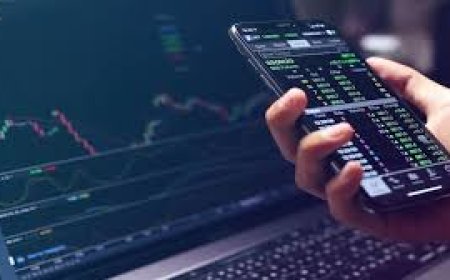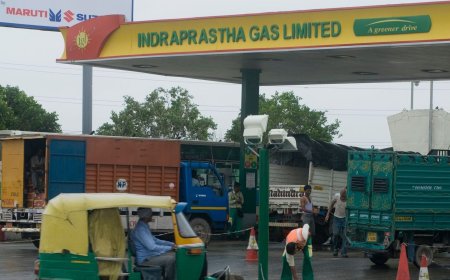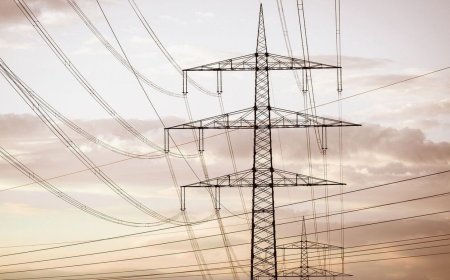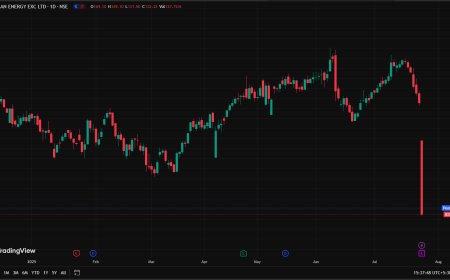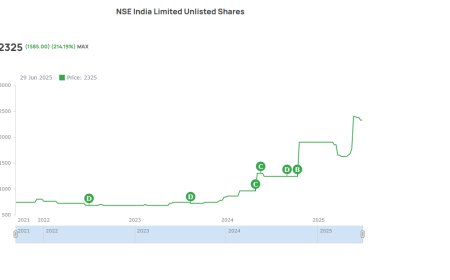Easing Investment Norms: FPIs Likely to Increase Exposure to Lower-Rated Corporate Bonds
India may soon ease investment norms to allow Foreign Portfolio Investors (FPIs) to invest in lower-rated corporate bonds. Explore the potential impact, market reactions, and economic implications of this regulatory shift.

Easing Investment Norms: FPIs May Take to Lower-Rated Corporate Bonds
Introduction: A Paradigm Shift in India’s Debt Market
In a significant regulatory development that could reshape India's debt market dynamics, policymakers are contemplating easing investment norms for Foreign Portfolio Investors (FPIs), allowing them to invest in a broader spectrum of corporate bonds, including those with lower credit ratings. This proposed reform aims to deepen market liquidity, diversify funding sources for Indian corporates, and enhance the appeal of India as an FPI destination amid global capital volatility.
Global Context: Why This Move Matters Now
Over the last few years, emerging markets like India have consistently attempted to draw in long-term capital flows, especially as global interest rates begin to stabilize. With traditional government securities offering limited yield differential, FPIs are increasingly eyeing higher-yield instruments, and lower-rated corporate bonds could provide just that.
Amid a risk-reward recalibration worldwide, India's potential loosening of credit rating barriers could align with global investor appetite for diversified debt exposure—particularly in high-growth economies.
Current Norms: FPI Investment Boundaries in India
At present, FPIs are predominantly permitted to invest in corporate bonds that carry investment-grade ratings (i.e., BBB- and above). Securities rated below this threshold are generally categorized as "junk" or "speculative," and FPIs are mostly restricted from engaging with them due to perceived default risks and regulatory hurdles.
This policy, while safeguarding investor capital, has created a bottleneck for many cash-strapped companies that fall just below the investment grade yet possess strong fundamentals or future recovery prospects.
The Proposed Change: What’s Being Considered?
According to multiple industry sources, regulatory bodies such as the Securities and Exchange Board of India (SEBI), the Reserve Bank of India (RBI), and the Department of Economic Affairs are in advanced discussions to:
-
Allow FPIs to invest in AA- or even A-rated corporate bonds.
-
Explore a calibrated exposure route for BB-rated bonds, possibly with caps on limits.
-
Introduce enhanced disclosures and investor protection norms to offset the higher risk of lower-rated securities.
A working group has reportedly been constituted to evaluate systemic implications, taking cues from similar frameworks in economies like Brazil and South Korea, where FPIs are active participants across a wide bond rating spectrum.
Potential Benefits: For FPIs, Companies & the Economy
-
For FPIs
-
Higher Yield Potential: Lower-rated bonds usually offer better yields to compensate for credit risk.
-
Portfolio Diversification: FPIs can spread their risk across a wider range of issuers.
-
Early Entrant Advantage: A broader playing field allows savvy investors to identify hidden gems.
-
-
For Corporates
-
Alternative Funding Access: Mid-tier firms and NBFCs could tap global capital.
-
Lower Cost of Capital: Broader demand could compress spreads over time.
-
Better Visibility: International exposure improves credibility and investor awareness.
-
-
For the Economy
-
Deeper Bond Market: Greater depth ensures market resilience and better price discovery.
-
Enhanced Capital Flow: Eased norms could trigger multi-billion-dollar inflows.
-
Job Creation: Revived credit availability boosts business activity and employment.
-
Risks and Concerns: A Double-Edged Sword?
However, the move isn’t without its risks.
-
Credit Risk Escalation: A sudden influx of foreign money into speculative instruments may inflate risky assets.
-
Volatility in Outflows: FPIs, known for their quick exits during uncertainty, may destabilize markets if defaults rise.
-
Regulatory Overreach: Without a robust risk-assessment framework, this could become a systemic hazard.
To counterbalance these risks, SEBI may enforce tighter due diligence mandates, introduce rating-based exposure caps, or insist on co-investment by domestic institutional investors (DIIs) as a cushion.
Market Reaction: Cautious Optimism
The bond markets have already begun pricing in a future where demand for lower-rated papers could surge. In recent weeks, there has been:
-
Increased trading volume in AA- and A-rated securities.
-
Improved bond yield spreads, indicating speculative interest from institutional players.
-
Bullish outlooks by rating agencies, citing upcoming reforms as credit positive for the ecosystem.
Major FPIs have welcomed the move, with several fund houses reportedly engaging with credit rating agencies to build early pipelines.
Expert Take: What Analysts Are Saying
Ravi Krishnan, Head of Fixed Income at InvestWorld Capital, remarks:
“The Indian debt market has matured considerably. Opening it up further is a natural progression. But investor safeguards must be water-tight.”
Mira Bhatt, Economist, FinScope Advisors, adds:
“Allowing FPIs into the AA and A-rated space could be a game changer. These are not junk bonds—many are temporarily downgraded due to macro issues but remain fundamentally sound.”
Case Studies: International Comparisons
India is not the first to consider this route. Lessons from other emerging markets shed light on both possibilities and pitfalls:
-
Brazil: FPIs have open access to most corporate bonds. Post-reform, capital inflow surged by 35% in two years.
-
South Korea: Introduced a tiered entry approach, limiting exposures to lower-rated debt per issuer and per fund.
-
Indonesia: Initially allowed FPI entry only via mutual funds before fully opening its market, ensuring risk absorption.
These precedents underline that calibrated liberalization, rather than outright deregulation, is key to long-term success.
Impact on Credit Rating Ecosystem
One underrated side effect of this policy change could be the revamp of the Indian credit rating ecosystem. If FPIs start evaluating risks independently of domestic ratings, it could pressure rating agencies to:
-
Adopt global benchmarks.
-
Improve transparency.
-
Reduce rating lag and better reflect real-time creditworthiness.
This may pave the way for the entrance of more international rating players into the Indian market.
Strategic Roadmap: What to Expect Next
The timeline for this change appears to be within the next two quarters, pending stakeholder feedback. Here’s what may unfold:
-
Consultation Paper by SEBI: A draft inviting public and institutional comments.
-
Phased Implementation Plan: Beginning with AA and A-rated corporate bonds.
-
Risk Guardrails: Including co-investment norms, rating audits, and compliance tracking.
-
Monitoring Committee Setup: To oversee the rollout and identify early warning signs.
A New Era in Bond Market Liberalization
India’s potential easing of FPI norms for lower-rated corporate bonds marks a calculated pivot in its financial strategy. By opening its debt capital market wider, the country signals confidence in its regulatory oversight and economic fundamentals.
The coming months will reveal whether this move triggers the intended revival in corporate credit, or if it needs course correction mid-way. Either way, it is bound to reshape India’s fixed income landscape, create new benchmarks for risk tolerance, and redefine the very contours of FPI participation in one of Asia’s fastest-growing economies.
As India looks to balance capital inflows with credit stability, this shift—if executed with prudence—could be the very catalyst that fuels its next phase of financial deepening.
What's Your Reaction?
 Like
0
Like
0
 Dislike
0
Dislike
0
 Love
0
Love
0
 Funny
0
Funny
0
 Angry
0
Angry
0
 Sad
0
Sad
0
 Wow
0
Wow
0
